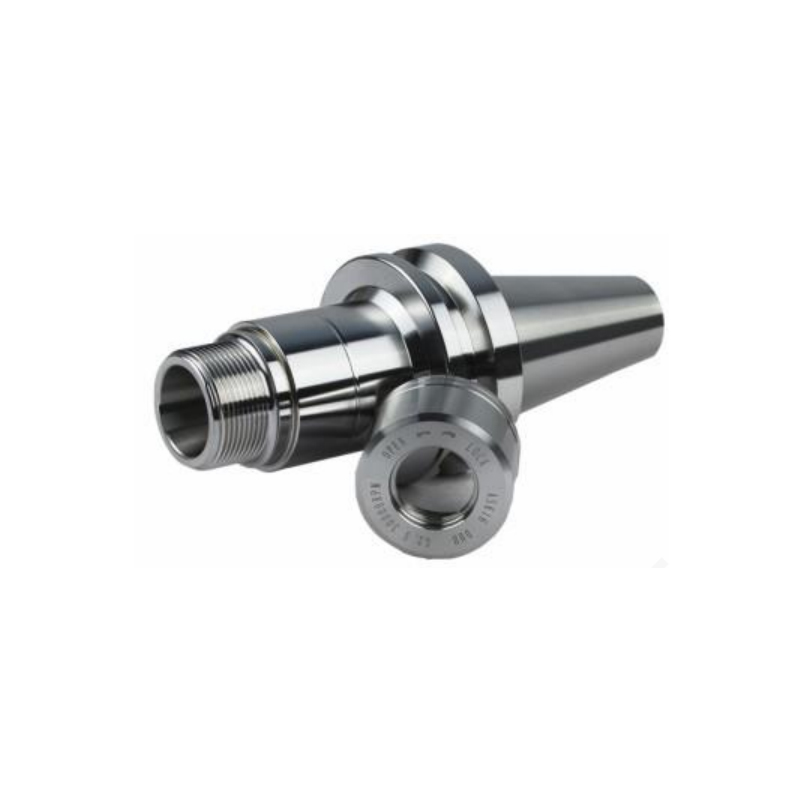Cement, a fundamental building material, is widely used in construction projects. However, its porous nature makes it susceptible to water damage, compromising the structural integrity of buildings. In this blog post, we will explore the chemical compound that imparts waterproofing properties to cement, ensuring its durability and longevity.
Understanding the Role of Chemical Additives:
To enhance the waterproofing capabilities of cement, chemical additives are incorporated during the manufacturing process. These additives modify the physical and chemical properties of cement, resulting in a hydrophobic barrier that repels water.
The Key Chemical: Silane:
Silane, a versatile chemical compound, has emerged as a game-changer in the construction industry. Its unique properties make it an ideal choice for rendering cement waterproof. Silane molecules consist of a silicon atom bonded to four organic groups, with one of these groups being a hydrophobic moiety.
Working Mechanism of Silane:
When silane is added to cement, it reacts with the calcium hydroxide present in the cement matrix. This reaction forms a water-repellent layer on the surface of the cement particles, effectively blocking the entry of water. The hydrophobic nature of the silane molecule ensures that water droplets bead up and roll off the cement surface, preventing water absorption.
Advantages of Silane-treated Cement:
- Enhanced Durability: Silane-treated cement exhibits improved resistance to water penetration, reducing the risk of cracks, spalling, and other forms of water-induced damage.
- Increased Lifespan: The hydrophobic barrier created by silane extends the lifespan of cement structures by preventing moisture-related deterioration.
- Cost Savings: By minimizing the need for frequent repairs and maintenance, silane-treated cement offers long-term cost savings for construction projects.
- Versatility: Silane can be used with various types of cement, including Portland cement, blended cement, and even specialty cements, making it a versatile choice for waterproofing applications.
Application Techniques:
To ensure the effective incorporation of silane into cement, various application techniques are employed:
- Surface Coating: Silane-based coatings can be applied to the surface of cured cement to create a protective layer.
- Integral Waterproofing: Silane can be added directly to the cement mix during the manufacturing process, ensuring uniform distribution throughout the structure.
- Penetrating Sealers: Silane-based penetrating sealers can be used to impregnate the cement matrix, enhancing its waterproofing properties.
Conclusion:
Silane, with its remarkable ability to transform cement into a waterproof material, has revolutionized the construction industry. By incorporating silane into cement, structures can withstand the challenges posed by water, ensuring their longevity and durability. Embracing this chemical marvel opens up new possibilities for sustainable and resilient construction practices.




